Portfolio : Historical Preservation

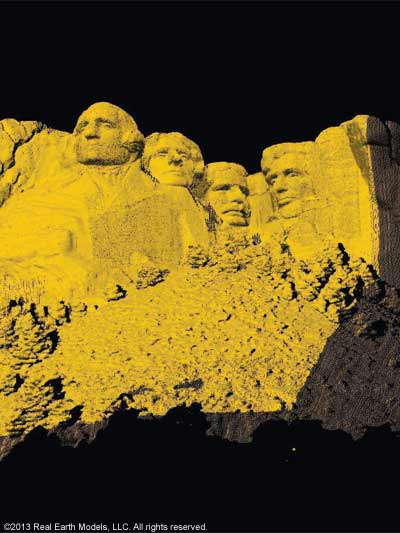
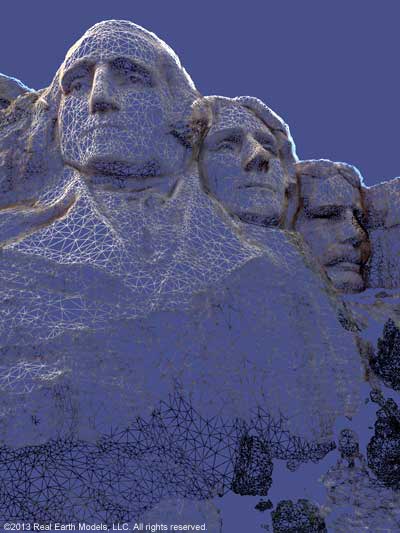

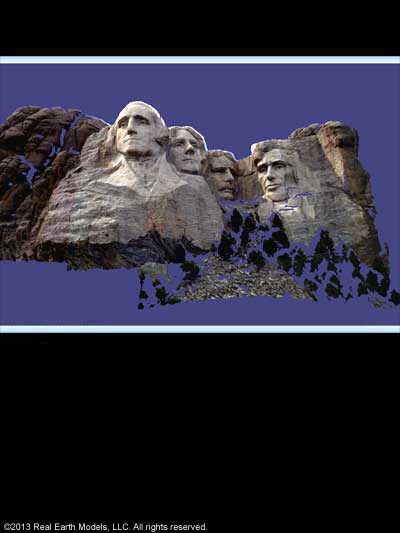
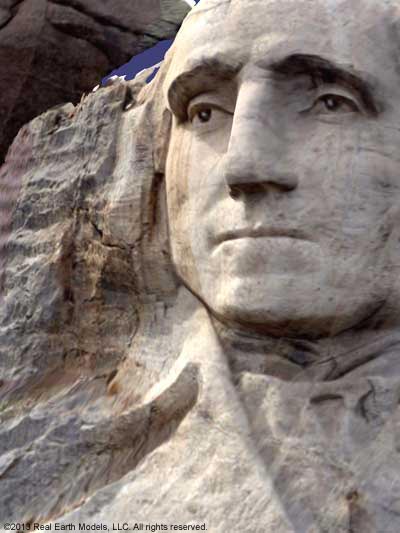

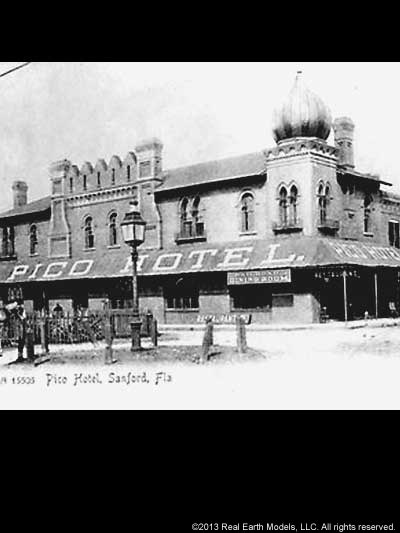
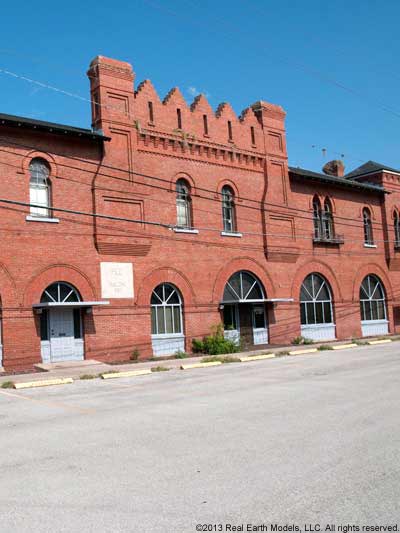
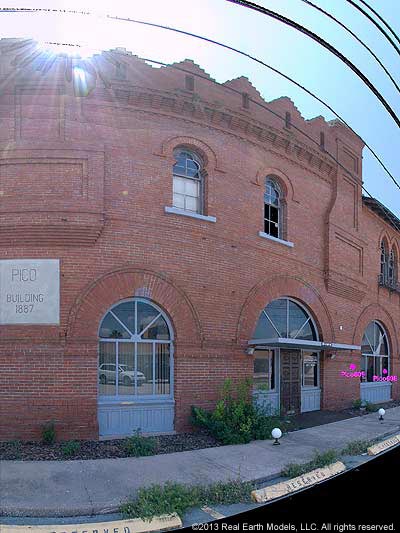

Mount Rushmore National Memorial, part of the U.S. National Park System, is one the largest monuments on Earth as well as one of America’s greatest memorials, a cherished and priceless treasure in art and sculpture. REM was the first to create a 3D digital model of Mount Rushmore. REM’s PhotoReal™ Model of the monument serves an invaluable role in this national memorial’s archives in protecting and preserving the historic monument in digital form as a permanent reproduction of the original sculpture configuration. A duplicate model of Mount Rushmore could be retrieved in seconds, assuring preservation of the monument for future generations.
The memorial can be observed through our advanced viewing program. Interactive features of the virtual tour significantly enhance the experience of visitors to the memorial by enabling viewers to measure, zoom, and closely examine any desired facet of the memorial. The majesty of the memorial broadens as the visitor experience is enriched. Mount Rushmore receives over three million visitors annually as South Dakota’s leading tourist attraction.
REM’s PhotoReal™ Model of the memorial utilizes a combination of laser scanning, photogrammetry data, and REM’s proprietary photo overlay process. To capture the entire monument structure in three dimensions, laser scans were made from the monument and digital photographs were made obliquely from a helicopter. Included in the project, is the archive tunnel at the base of the monument, which was also mapped, modeled, and integrated as part of the PhotoReal™ Model of the national memorial.
Comprised primarily of smooth, fine-grained granite, erosion is only about 1 inch (25mm) every 10,000 years, but harsh winters with freezing and melting of water can hasten deterioration. Sealing the fractures on the top of the monument has helped prevent deterioration processes. Using REM’s PhotoReal™ modeling technology, this problem is easily and economically studied, and monitored over time.
§ § §
The PICO Building, built in 1887 by Henry B. Plant of the Plant Investment Company (PICO), is one of Sanford’s most significant historic structures. Plant was a pioneer in the railroad industry and was best known for making Florida accessible by rail to Northern travelers. The building originally functioned as a hotel and restaurant for Platt’s railroad and steamboat passengers. The hotel also briefly housed U.S. Army Officers prior to the Spanish-American War. Having a colorful past, and exceptional Turkish-style architectural detail, helped to secure the hotel’s listing on the National Register of Historic Places in 1976.
Interior renovation of the hotel building was planned, and REM provided 3D laser-scanning services to document the position and condition of the exterior of the building. The Historic Preservation Board, appointed by the Sanford City Commission allowed renovation of the hotel’s interior, provided no changes were made to any portion of the building’s exterior.
Because of the building’s historical designation, renovation design teams needed to know if, and to what extent, the exterior walls exhibited warping or bending. Any deformation of the walls of the PICO Building had to be supported. All interior design plans had to work around the existing exterior walls in order to preserve the hotel’s original appearance. One of the challenges in historic renovation is identifying and preserving the structural integrity of the historic building during renovation. REM’s skill and precision in 3D laser scanning, combined with Revit modeling, provided the architectural design team with the accurate building information data and documentation needed to proceed with the project.
§ § §
Home | About | Consulting / Services | Portfolio | Site Map
web site ©copyright 2012 - 2025 Real Earth Models, LLC
Problems viewing this web site?


